The Amazon Rainforest, a colossal ecosystem brimming with biodiversity, is home to some of the most fascinating creatures on the planet. Among its slithery inhabitants, one particularly enormous snake has captured the imagination of scientists and nature enthusiasts alike. This article dives deep into the history, discovery, and characteristics of the biggest snake ever found in this lush rainforest.
Discovery of the Colossal Serpent
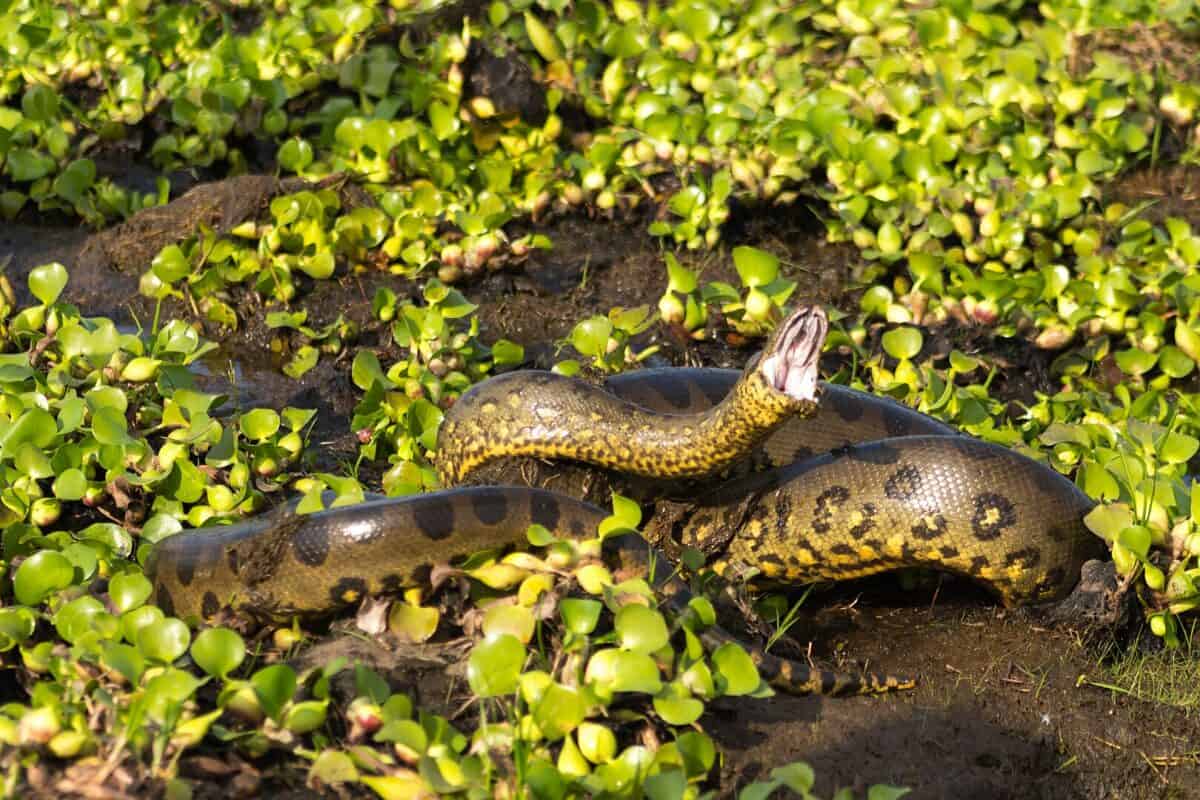
In the depths of the Amazon, where sunlight barely touches the forest floor, a team of biologists made a groundbreaking discovery. They came across a snake that dwarfed all others, challenging previously held records of snake size. This monstrous serpent, later identified as a green anaconda, astonished the researchers with its sheer size and weight.
The Green Anaconda: A Giant Among Snakes
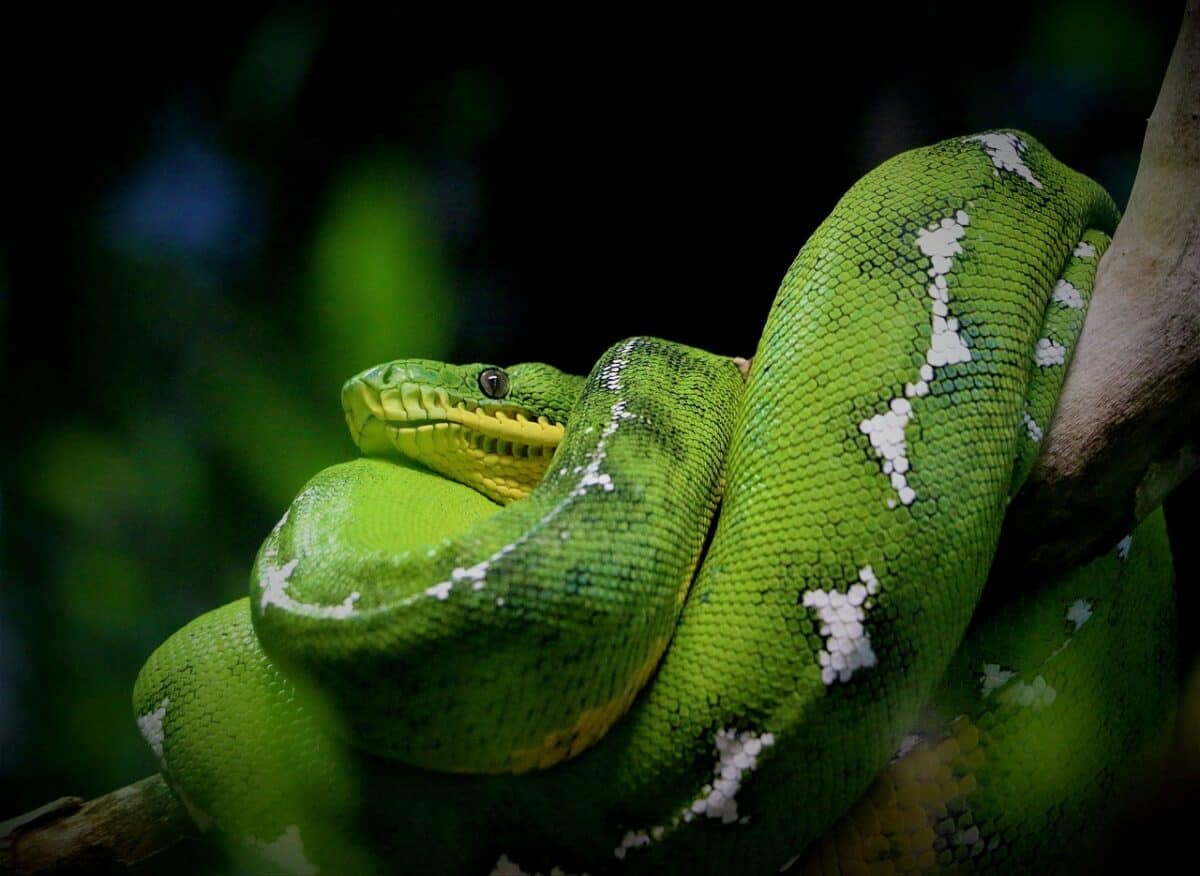
The green anaconda (Eunectes murinus) is renowned as one of the largest snake species on Earth. Known for its exceptional length and humongous girth, it can grow over 29 feet in length and weigh more than 550 pounds. This particular anaconda found in the Amazon set new benchmarks for size, inspiring awe and curiosity about its life and habitat.
Physical Characteristics of the Giant Snake
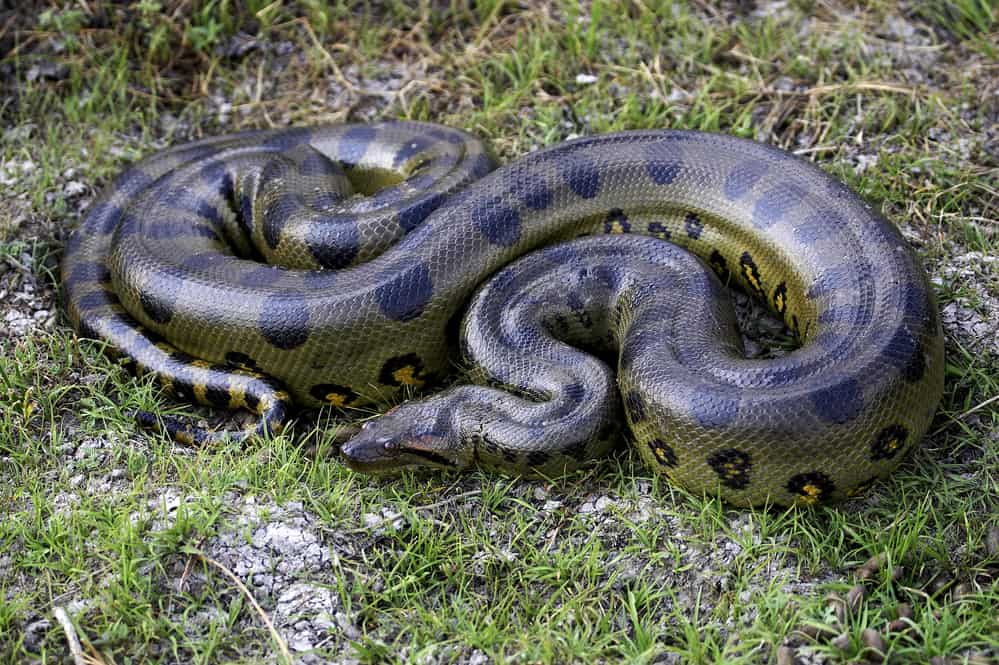
The newly identified snake boasted a shimmering greenish-black body, patterned with black oval spots. These physical traits offer superb camouflage among the dense foliage and murky waters of the Amazon, where it stealthily prowls. Its powerful, muscular build is perfectly adapted for constricting and subduing prey.
The Amazon: A Perfect Habitat

The Amazon Rainforest provides an ideal habitat for the green anaconda. Its vast expanses of rivers and swamps make it a paradise for this semi-aquatic reptile. The density of wildlife and isolated nature of the forest ensure a rich food supply, from frogs and birds to capybaras and even caimans.
Hunting Techniques and Diet
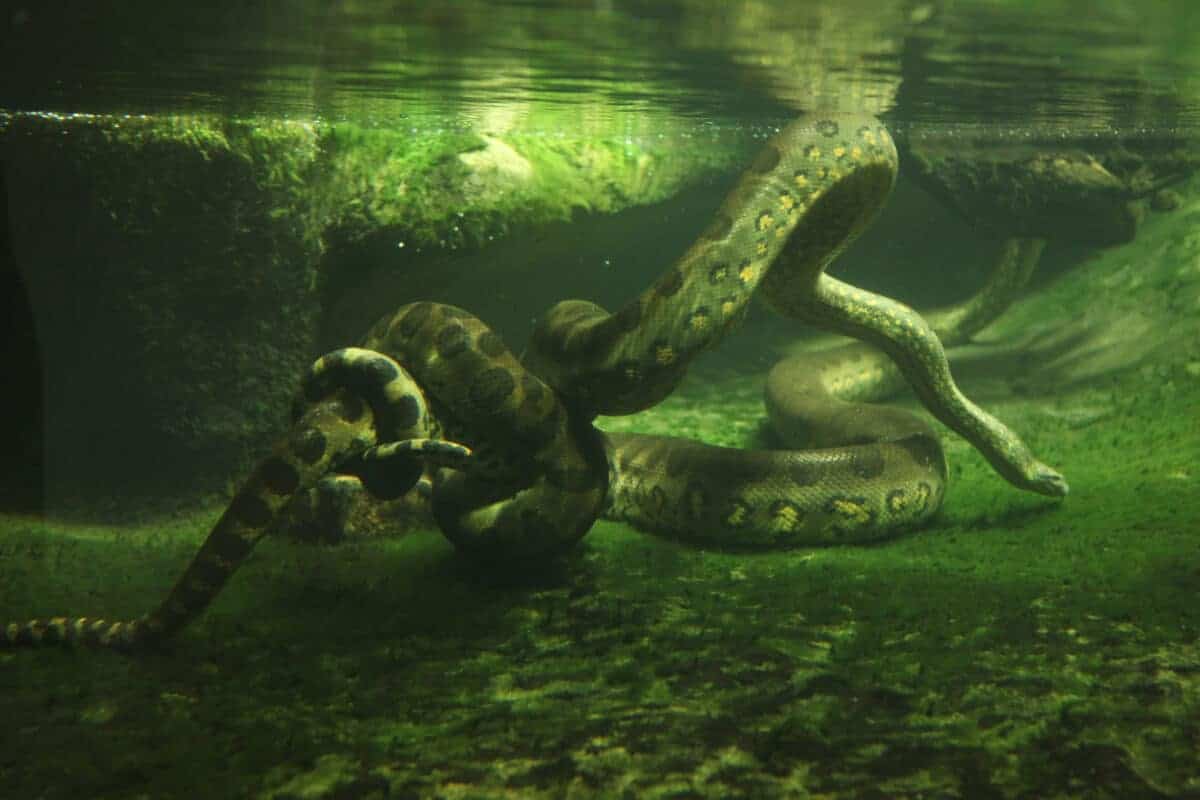
The green anaconda is an ambush predator, lying in wait for unsuspecting prey. Using its striking power and constrictive strength, it captures and suffocates its prey before consuming it whole. Its diet varies based on size, with larger snakes capable of tackling bigger prey.
Behavioral Characteristics

Despite their fearsome reputation, green anacondas are generally solitary and shy. They spend substantial time hidden in water or under cover, avoiding human contact. Observations indicate they are most active at night or during overcast days, aligning with their inconspicuous nature.
Reproduction and Lifespan

Green anacondas are ovoviviparous, meaning females give birth to live young after the eggs hatch inside their bodies. They breed seasonally, and after a gestation period of about six months, the female delivers a litter that can range from 20 to 40 neonates. These juveniles are independent from birth, facing a perilous journey to adulthood, which can last for over 10 years.
Impact on Local Ecosystems

The green anaconda plays a critical role in its ecosystem, maintaining balance by controlling the populations of their prey species. As one of the apex predators, its presence influences various other species, contributing to the biodiversity that characterizes this vibrant rainforest habitat.
Conservation Status and Threats
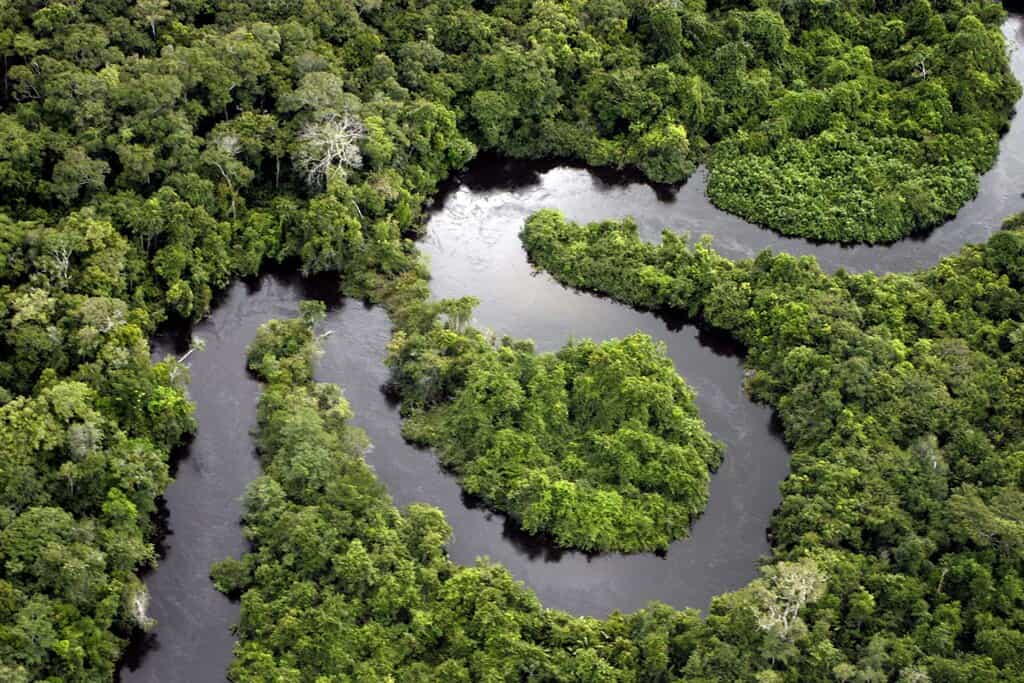
Currently, the green anaconda is not considered endangered, thanks to its adaptability and the protected status of large portions of the Amazon. However, threats from habitat destruction, illegal poaching, and climate change pose risks to its future stability, necessitating ongoing conservation efforts.
Scientific Significance

The immense anaconda discovered has provided scientists with invaluable insights into the potential limits of snake growth and survival in the wild. Studying such specimens helps improve understanding of ecological roles and physiological adaptations, informing both conservation and education initiatives.
Misconceptions and Legends

Anacondas have been subjects of lore and legend, often depicted as monstrous man-eaters. While capable of taking large prey, human attacks are exceedingly rare. These myths often overshadow the anaconda’s critical ecological role and the need for its protection.
The Fascination with Giant Snakes

The intrigue surrounding the biggest snake ever found in the Amazon highlights humanity’s enduring fascination with the natural world and its hidden giants. As research continues, our understanding of these magnificent creatures grows, inspiring awe and respect for their place in the ecosystem.
Conclusion

The discovery of the largest snake in the Amazon underscores the mysteries yet to be unraveled within the world’s rainforests. The green anaconda not only captures our imagination but also serves as a reminder of the natural world’s vastness and complexity. Protecting these habitats ensures that future generations can continue to uncover and appreciate the secrets of our planet’s rich biodiversity.
- The Most Remote Lake in the U.S. - August 19, 2025
- 9 Animals That Have an Extra Sense Humans Can’t Even Imagine - August 19, 2025
- 17 Dog Breeds With The Shortest Live Expectancy - August 19, 2025

